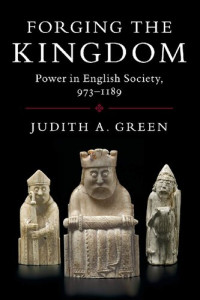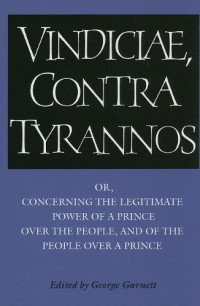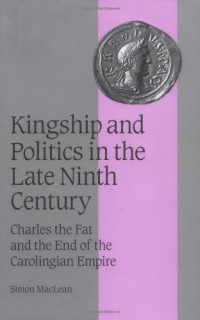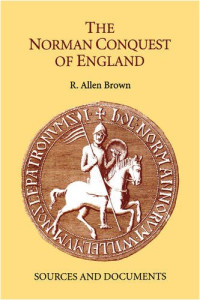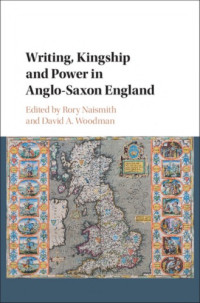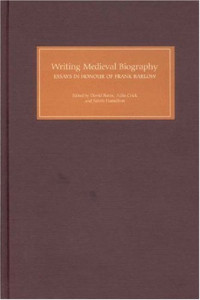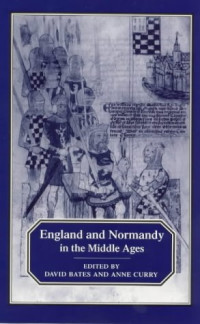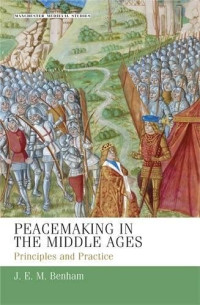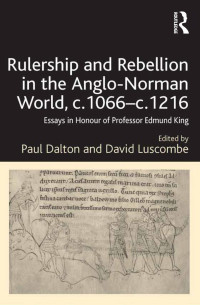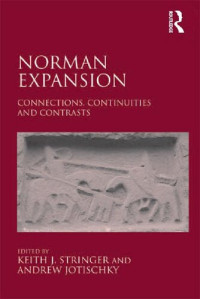
Conquered England: Kingship, Succession, and Tenure 1066-1166
George Garnett
Conquered England argues that Duke William of Normandy's claim to succeed Edward the Confessor on the throne of England profoundly influenced not only the practice of royal succession, but also played a large part in creating a novel structure of land tenure, dependent on the king. In these two fundamental respects, the attempt made in the aftermath of the Conquest to demonstrate seamless continuity with Anglo-Saxon England severed almost all continuity. A paradoxical result was a society in which instability in succession at the top exacerbated instability lower down. The first serious attempt to address these problems began when arrangements were made, in 1153, for the succession to King Stephen. Henry II duly succeeded him, but claimed rather to have succeeded his grandfather, Henry I, Stephen's predecessor. Henry II's attempts to demonstrate continuity with his grandfather were modelled on William the Conqueror's treatment of Edward the Confessor. Just as William's fabricated history had been the foundation for the tenurial settlement recorded in the Domesday Book, so Henry II's, in a different way, underpinned the early common law procedures which began to undermine aspects of that settlement. The official history of the Conquest played a crucial role not only in creating a new society, but in the development of that society.
年:
2007
出版社:
Oxford University Press, USA
语言:
english
页:
420
ISBN 10:
019820793X
ISBN 13:
9780198207931
文件:
PDF, 1.53 MB
IPFS:
,
english, 2007
 Amazon
Amazon  Barnes & Noble
Barnes & Noble  Bookshop.org
Bookshop.org  转换文件
转换文件 更多搜索结果
更多搜索结果 其他特权
其他特权 



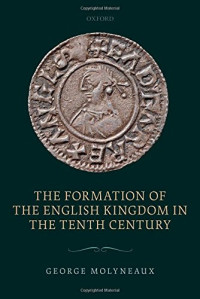



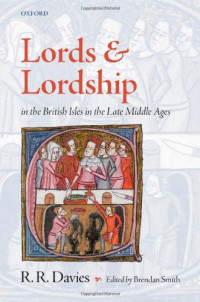


![David Bates — William the Conqueror [The Yale English Monarchs]](https://s3proxy.cdn-zlib.se/covers200/collections/genesis/b7e11d6272dacad6c683f7b6f436e51e4e6e7ef93e845103ba482e9655051bf5.jpg)

